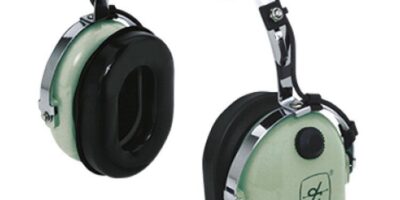AFOQT Table Reading: Understanding the Basics
The Air Force Officer Qualifying Test (AFOQT) is a crucial exam for those aiming to become officers in the United States Air Force. Among its sections, the Table Reading segment often stands out. It measures a candidate’s capacity to quickly interpret numerical data in table format under pressure. This skill is essential for various tasks officers may face.
The Purpose of the Table Reading Section
Table Reading assesses how quickly and accurately a candidate can process complex information. Officers regularly deal with large amounts of data. Making sound decisions requires quick comprehension. This section evaluates those necessary analytical skills.
Structure of the Table Reading Section
Typically, candidates confront numerous tables, each filled with numbers and codes. Lines and columns intersect to form a matrix of information. The challenge is to locate specific data points efficiently. Questions often come in a format asking for the value located at a particular row and column intersection. Time management is critical here due to the number of questions relative to the time available.
Strategies for Success in Table Reading
- Prioritize Speed and Accuracy: Practice targeting specific rows and columns to improve navigation skills. Rapid identification reduces errors under timed conditions.
- Familiarity with Structured Data: Regularly working with tables can enhance comfort levels and efficiency when deciphering similar formats on the test.
- Understand the Instructions: Each question may have specific requirements. Carefully reading instructions prevents mistakes.
- Manage Your Time: Balance speed with caution. Answer easy questions first, marking difficult ones for review if time allows.
- Use Real Practice Tests: Engage with practice exams to simulate test conditions. Familiarity breeds confidence.
The Skills Behind Successful Table Reading
Cognitive and visual abilities play a significant role in excelling at Table Reading. Pattern recognition aids swift data retrieval. Peripheral vision can enhance the ability to locate information without shifting focus repeatedly. Working memory lets candidates hold interim results in their minds while continuing to read the table.
Practicing Table Reading Skills
- Visual Scanning Drills: Develop exercises that focus on quickly spotting numbers or words within a grid.
- Multi-tasking Simulations: Practice maintaining a balance between moving eyes across data and comprehending the question at hand.
- Repeated Testing: Consistent exposure through practice reinforces speed and confidence.
- Resource Utilization: Utilize available apps and online tools specifically designed for AFOQT preparation.
Common Pitfalls and How to Avoid Them
- Overlooking Details: In haste, candidates might miss critical information. Checking work can mitigate this.
- Misunderstanding the Question: Skimming can lead to incorrect interpretations. It’s crucial to understand what’s being asked before diving into the table.
- Poor Time Allocation: Spending too long on one table might result in insufficient time for others. Practicing pacing is vital.
Resources for Improvement
Several options are available for those looking to enhance their Table Reading skills. Books and guides on AFOQT preparation often include sample questions and strategies. Online forums can offer insights and tips from past candidates. There are also dedicated preparation courses, both online and in-person, which provide structured learning environments.
Understanding the Broader Context
The Table Reading section doesn’t merely evaluate a standalone skill. It integrates with other aspects of the AFOQT to form a comprehensive picture of a candidate’s capabilities. Performing well in Table Reading indicates a candidate’s readiness to handle the roles and responsibilities as an officer, where information must be synthesized accurately and quickly on a regular basis.
The Value of Table Reading Beyond the Test
The skills honed while preparing for Table Reading can be applied beyond the AFOQT. In professional and everyday contexts, the ability to swiftly access and interpret data from complex tables is valuable. Whether managing resources, evaluating tactical situations, or analyzing reports, officers benefit greatly from this proficiency.
Final Thoughts on AFOQT Table Reading
The AFOQT Table Reading section is more than a mere hurdle in the officer selection process. It is a crucial skill set that reflects upon a candidate’s ability to perform under pressure. Through consistent practice and a strategic approach, candidates can improve and excel in this vital assessment. Becoming familiar with tables, enhancing cognitive skills, and adopting a disciplined practice regime will go a long way. Those who invest time in mastering table reading will find the confidence needed not only for the test but also for future challenges as an officer in the Air Force.

